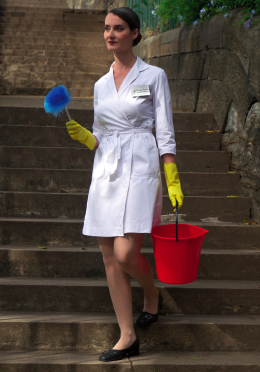The work of Elke Reinhuber [eer] moves within an area of conflict between traditional and electronic media. Her approach aims to create images, whether moving or fixed, real or reproduced, in which the associations are askew so that the viewer is seduced.
This recontextualisation reassigns everyday details, which Ms. Reinhuber searches, finds and sorts: the natural movements of the hand, the background noises heard a thousand times over, the seemingly trivial urban landscape. But it is even more turning the all-familiar environment on the head, isolating the ubiquitous to the extent that the image coagulates to something special. Just as Aby Warburg tried with his "Mnemosyne-Atlas” to systematise the symbolism of the world in order to illustrate the "development of the rationality from the fear of demons“, Elke Reinhuber’s [eer] picture collections represent an iconological desegregation of disparate forms, which nevertheless readily correspond to each other.
Since from one end of the academic discourse the 'Pictorial turn‘ was declared, the other side could proclaim an age beyond the picture, for the devaluation of the individual photograph and its missing credibility.

Given the presence of millions of cameras, whether mobile in a phone or fixed for surveillance, nothing but the entropy of the image is to be stated, the disaster can be simply described, but no longer detained. However, the pathogens are in the world and the lab coat is the uniform for adequate containment.
The value of each picture eroding signifies that the true image can only develop in the eye of the beholder. In Michel Foucault‘s “Order of Things” the theoretical correspondence is known: representations and understandings of our world can only take place within the limits of an epistemological status quo.
Sebastian Pelz